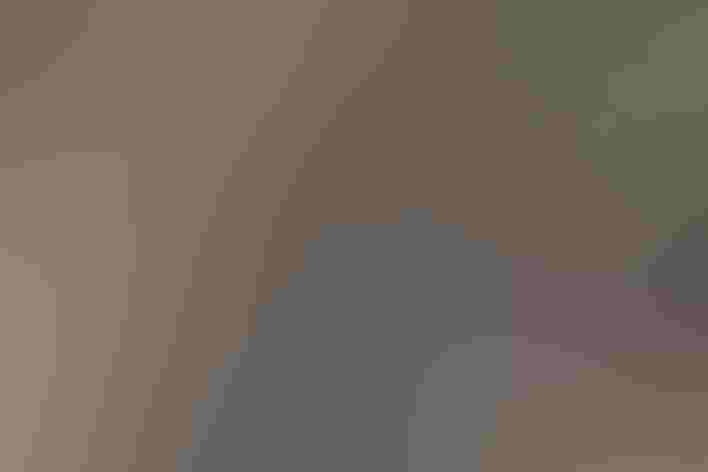Common Pauraque
At a Glance
After sunset, in the brushy woods of southern Texas, a hoarse wheezing whistle is heard from here and there in the undergrowth. As dusk settles in, a silhouetted bird flutters and glides silently through the clearings. This is the Pauraque, a common tropical nightjar. If disturbed by day at its resting place in dense thickets, it flutters away on a zigzag course, showing white flashes in the wings and tail.
All bird guide text and rangemaps adapted from by Kenn Kaufman漏 1996, used by permission of Houghton Mifflin Harcourt Publishing Company. All rights reserved.
Category
Nightjars, Upland Ground Birds
IUCN Status
Least Concern
Habitat
Forests and Woodlands, Shrublands, Savannas, and Thickets
Region
Texas
Behavior
Erratic, Flap/Glide, Flushes
Population
20.000.000
Range & Identification
Migration & Range Maps
Permanent resident, but less conspicuous in winter.
Description
12" (30 cm). Large and long-tailed. In flight, shows white bar across rounded wingtips, and tail shows broad white stripes (male) or smaller buff spots (female). At rest, chestnut ear patch and big dark spots on scapulars (above wings) are good marks. Note: nighthawks and three other nightjars also occur in south Texas. Nighthawks have pointed wings, different habits; other nightjars lack white in wings.
Size
About the size of a Crow, About the size of a Robin
Color
Brown, Gray, White
Wing Shape
Long, Rounded
Tail Shape
Long, Rounded, Square-tipped
Songs and Calls
A burry pur-wheeer, slurred downward and uttered at night.
Call Pattern
Flat, Undulating
Call Type
Odd, Whistle
Habitat
Woodlands, brush, river thickets. In Texas, most common in native woodland, dense thickets, and areas of tall brush, foraging along edges and over adjacent open fields. In American tropics, widespread in semi-open habitats, mainly in lowlands.
Sign up for 爆料公社's newsletter to learn more about birds like the Common Pauraque
Behavior
Eggs
2. Buff to pale pink, finely marked with reddish brown. Incubation is by both parents.
Young
Cared for and fed by both parents. Adults feed young by regurgitation. If site is disturbed, adult may call to young with low, throaty calls; young respond by hopping along the ground toward parent.
Feeding Behavior
Seems to forage most actively at dusk and dawn, also on moonlit nights. Forages by perching on branch or on ground and flying out to catch passing insects; also sometimes forages in continuous flight along edges of woods. May sometimes pick up insects from the ground; has longer legs than most nightjars (still quite short) and can run with surprising speed for short distances.
Diet
Insects. Not known in detail, but feeds mostly on night-flying insects, especially beetles, also moths and probably many others.
Nesting
Males call at night, probably both to defend territory and to attract a mate. Courtship behavior may involve birds facing each other on the ground, bobbing their heads and fluttering. Nest site is on ground, usually in fairly open woods, often placed at the base of a shrub. No nest built, eggs laid on dead leaves lying on ground.
Conservation
Conservation Status
Has declined where habitat has been cleared, but still locally common in southern Texas.
Climate Threats Facing the Common Pauraque
Choose a temperature scenario below to see which threats will affect this species as warming increases. The same climate change-driven threats that put birds at risk will affect other wildlife and people, too.






